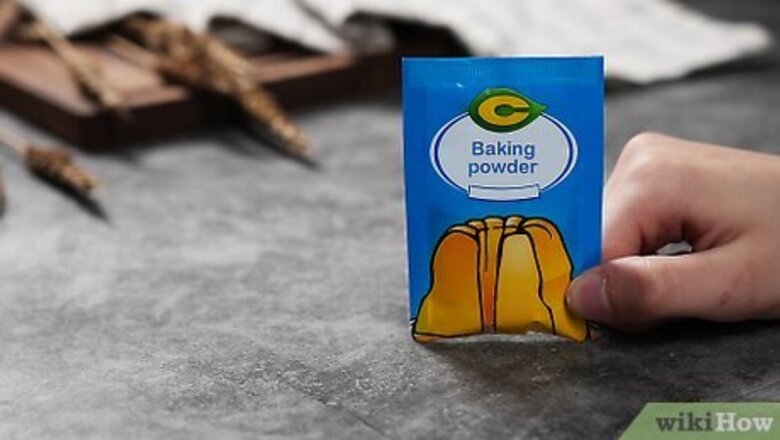
views
Does baking powder expire?
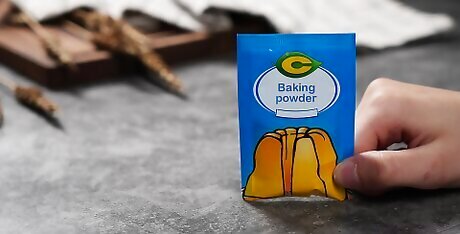
Yes, baking powder expires and loses potency over time. The good news is it doesn't mold or taste bad, so if you accidentally use some in a recipe, you can still eat the dish after it's prepared. The problem is the dish may not rise. So instead of light, fluffy cakes or plump cookies, for example, you could get flat, dense desserts that aren't very pleasant to eat.
How long does baking powder last?
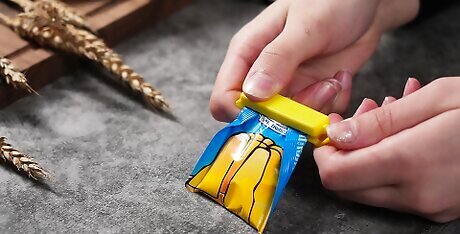
Baking powder lasts up to 6 months unopened and 3 months after opening. The USDA recommends replacing your baking powder if it's been open for 3 months, even if the expiration date is still many months away. If it's still sealed, you can keep it in your pantry until the expiration date (or for 6 months, whichever comes first). After that, the baking powder will start losing its potency, so you're better off replacing it.
How to Tell If Baking Powder Is Bad
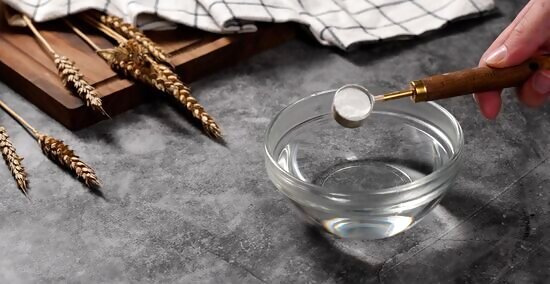
Stir 2 tsp (10 g) baking powder into 1 cup (8 oz / 240 ml) hot water and see if it fizzes. If the mixture fizzes and the baking powder dissipates, it's still potent and will make your baked goods rise like you want. But if you don't notice any reaction between the two ingredients, your baking powder is inactive and you should throw it out. Baking powder contains sodium bicarbonate, which is essentially just baking soda. When sodium bicarbonate comes into contact with a liquid like water, it releases carbon dioxide and creates bubbles. This is a process called leavening and is what causes your baked goods to rise. If you don't see bubbles when you add the baking powder to the water, that means the sodium bicarbonate is inactive. Make sure to use hot water, not cold water, as baking powder reacts faster to higher temperatures.
How to Make a Baking Powder Substitute
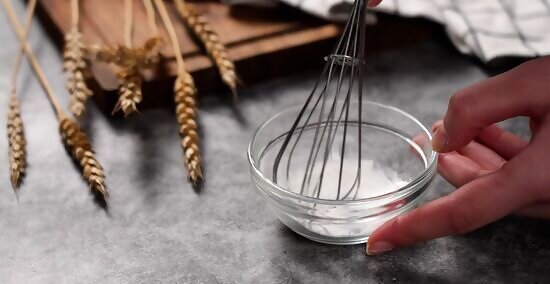
Combine ½ tsp (2.8 g) cream of tartar, ¼ tsp (1.5 g) baking soda, and ¼ tsp (1.5 g) cornstarch. This mixture is equivalent to 1 tsp (5 g) of regular baking powder and mimics its three basic components: a base, an acid, and a stabilizer. To produce carbon dioxide and make the dough in baked goods rise, the base (baking soda) needs to react with an acid, like cream of tartar. The cornstarch stabilizes the acid and the base so they don't start interacting before you put the batter or dough in the oven. The heat in the oven will help your homemade baking powder release its carbon dioxide and cause the baked goods to rise. What if I don't have cornstarch? Gluten-free baking expert Traci Morgan-Hoernke suggests using tapioca starch, potato starch, or arrowroot powder instead of cornstarch. You can also substitute ½ tsp (2.8 g) of cream of tartar and ¼ tsp (1.5 g) of baking soda for every teaspoon of baking powder in your recipe. Just make sure to put your batter or dough in the oven as quickly as possible because the cream of tartar and baking soda will react immediately as soon as you add liquid to them!
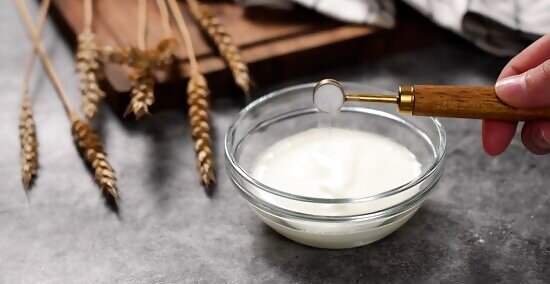
Combine ¼ tsp (1.5 g) baking soda with ½ cup (4 oz / 120 ml) of an acidic food like yogurt. If you don't have cream of tartar on hand, but you have baking soda and food with acid in it, you can combine them into a homemade leavener. Add ¼ tsp (1.5 g) of baking soda to your dry ingredients and ½ cup (4 oz / 120 ml) of buttermilk, yogurt, lemon juice, or vinegar to your wet ingredients for every teaspoon of baking powder in your recipe. After you combine the dry and wet ingredients, transfer the batter or dough to the oven quickly. The baking soda and acid will react fast! Never substitute baking soda for baking powder at a 1:1 ratio. Baking soda is about 4 times as potent as baking powder, which is why we recommend you only use ¼ tsp (1.5 g) of the soda for every teaspoon of the powder.
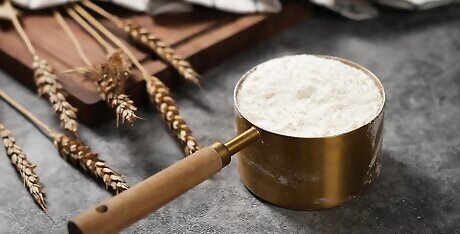
Substitute self-rising flour for regular flour. Self-rising flour already contains baking powder in it. If you have any on hand, simply replace your regular all-purpose flour with the same amount of the self-rising variety. Keep in mind that self-rising flour also contains salt, so you may need to reduce the amount of salt in your recipe (if it calls for any, which most baking recipes do).
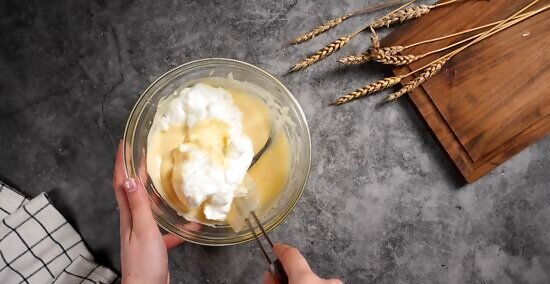
Whip the whites of your eggs to add air to your batter recipes. Whipped egg whites add air and fluffiness to recipes like angel food cake and chiffon. No matter what you're baking, though, if it calls for eggs, you can separate the yolks from the whites and whip the whites with a whisk or a beater until they form medium peaks. Add the yolks into the batter when the recipe tells you, then after all the ingredients are combined, gently fold in your egg whites with a spatula. Then bake the batter according to your recipe's instructions. Avoid overmixing or being too heavy-handed with the spatula when you're folding in the egg whites. You might cause them to break and lose all their air.
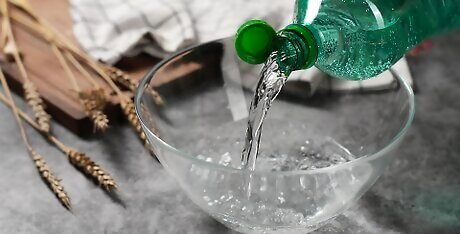
Substitute all liquids for club soda in waffles, pancakes, and fritters. Club soda is just water with carbon dioxide added to it (also known as carbonation) to make it fizzy. Use it to replace all the liquids in your recipes for batters with light, bubbly structures, like waffles, pancakes, and fritters. The club soda will help them turn out light and airy.
How to Use Up Baking Powder Before It Expires
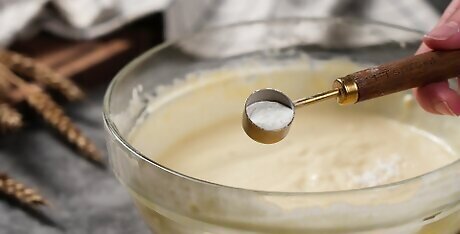
Use it as the leavening agent in cakes, biscuits, and pastries. Baking powder helps these baked goods rise nice and tall. With the added rising, or leavening, they come out with a delightfully light and fluffy texture instead of dense and chewy. Below are some baking recipes where baking powder comes in extremely handy! Plain vanilla cake Sugar cookies Hardees biscuits
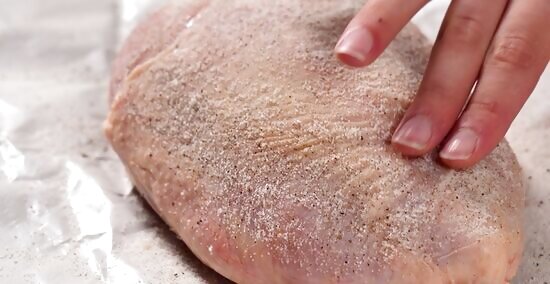
Use it to crisp up the skin when cooking chicken or turkey. Before roasting or frying your chicken or turkey, mix 1 tsp (5 g) of baking powder with 1 tbsp (15 g) of Kosher salt. Add however much pepper you prefer for taste, then spread the mixture over the skin of the raw bird. Set it in the refrigerator to rest uncovered for 12-24 hours so it can dry brine (which will help it retain its moisture during cooking). Then cook it however you prefer, or try one of these delicious recipes! Oven-roasted whole chicken Fried chicken Roast turkey Slow-cooked turkey
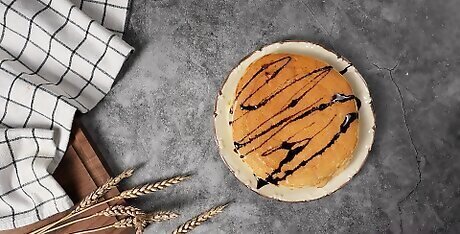
Use it to lighten your waffle, pancake, and fritter batter and add crispness. Your breakfast staples and fried desserts will have a much airier, crispier texture if you add a little baking powder to the batter! If you don't have any go-to recipes or pre-made mixes for waffles or pancakes on hand, give these a shot tomorrow morning. Waffles Pancakes
Final Takeaway
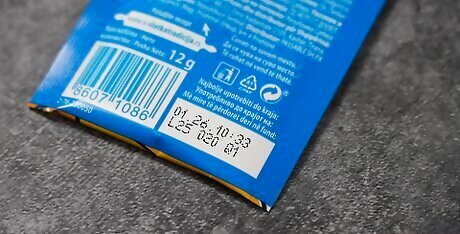
Baking powder is safe to eat when it expires, but it's probably lost its potency. You don't have to worry about getting sick if you accidentally use some in a recipe after it expires. Most likely, though, you'll find that your baked goods don't rise well, if at all. If you run out of baking powder in the middle of a recipe, you can make a substitute with other common household ingredients like baking soda, cream of tartar, and cornstarch.
Frequently Asked Questions (FAQs)
How long does baking powder last after the expiration date? Baking powder is no longer good to use after its expiration date because that's when it starts to lose its effectiveness as a leavening agent. It's best to discard it and buy new baking powder or make a substitute.
Does expired baking powder taste bad? No, expired baking powder doesn't taste bad. It also doesn't mold. The only way to tell if it's still potent is to mix 2 tsp (10 g) of it in 1 cup (8 oz / 240 ml) of water to see if it fizzes. If it makes bubbles, you can still use it. If it doesn't, throw it away.
What is a substitute for expired baking powder? You can substitute 1 tsp of baking powder with ½ tsp (2.8 g) cream of tartar, ¼ tsp (1.5 g) baking soda, and ¼ tsp (1.5 g) cornstarch. You can also try other substitutes like self-rising flour (instead of all-purpose flour), whipped egg whites, and club soda.













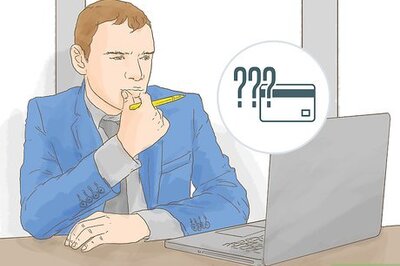

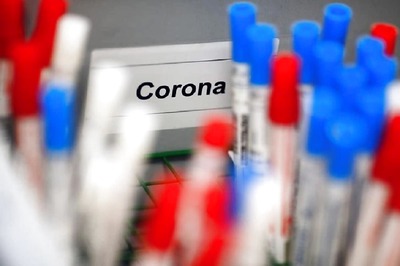


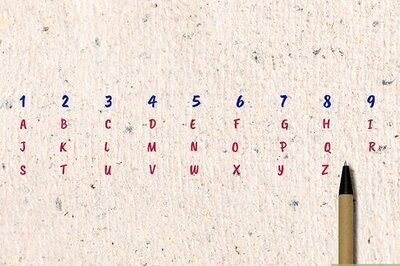
Comments
0 comment